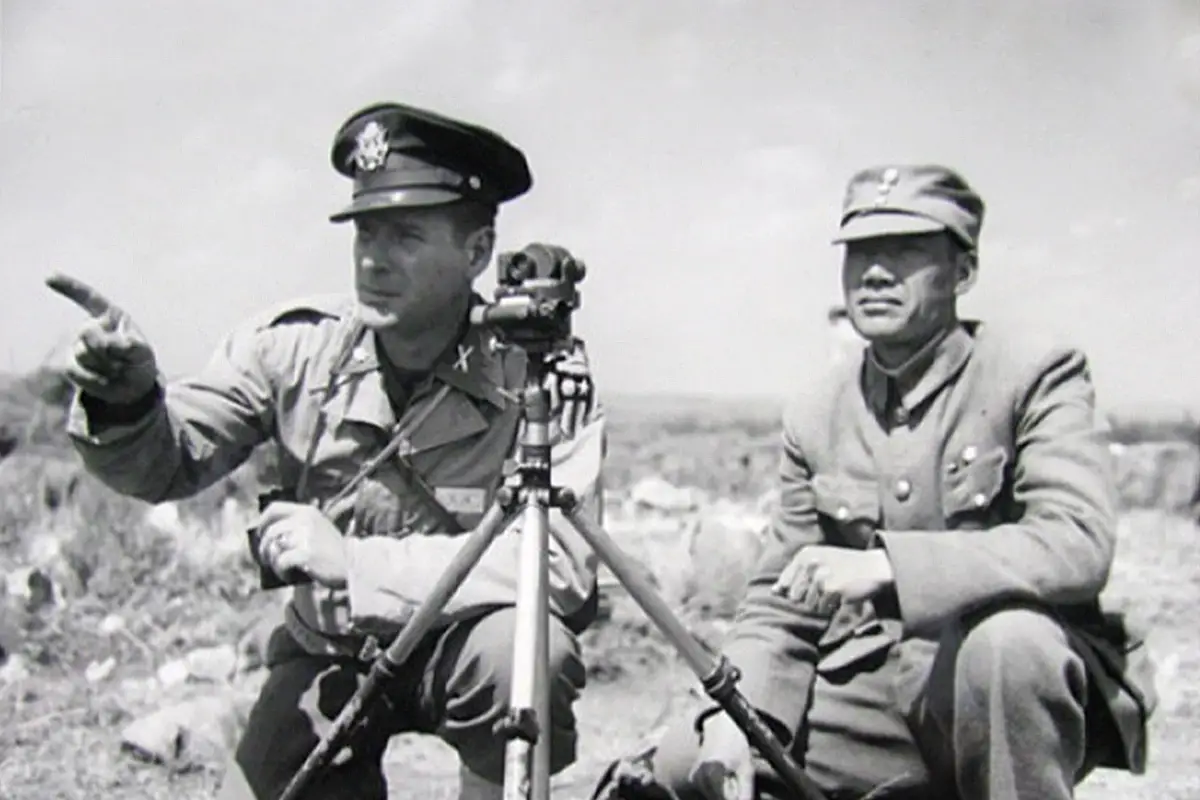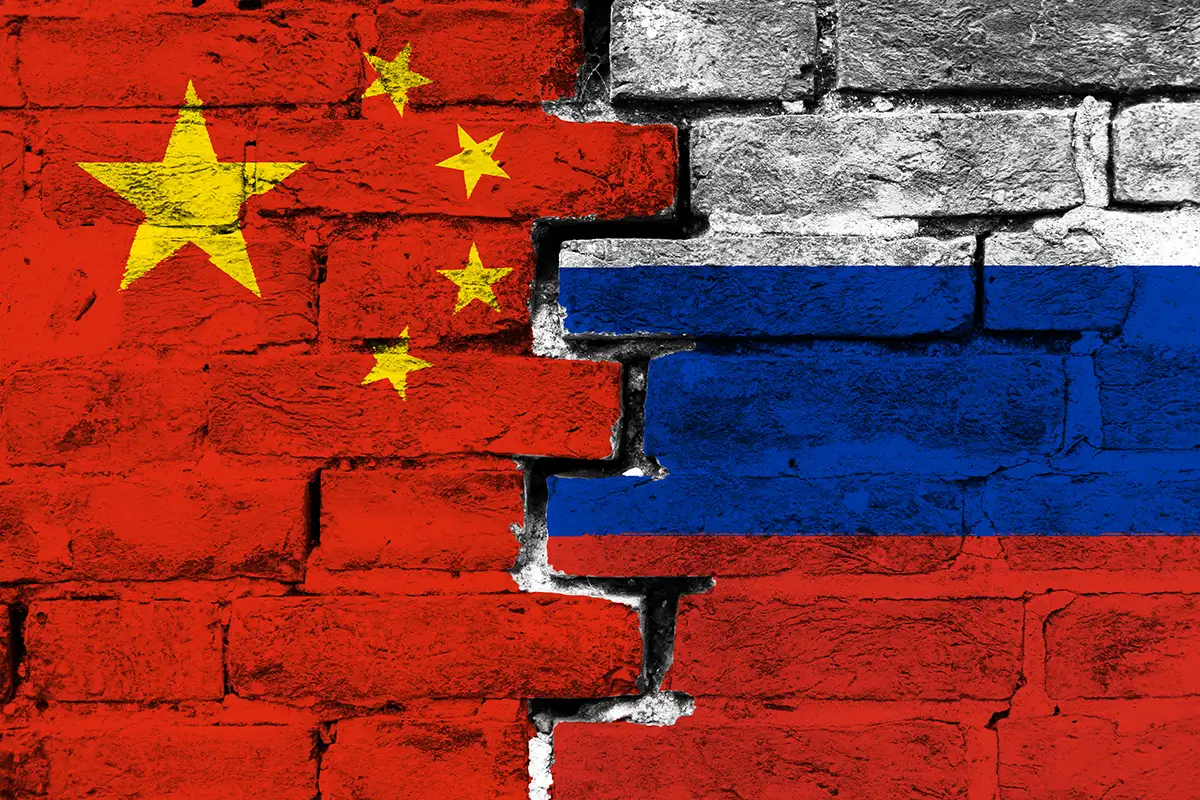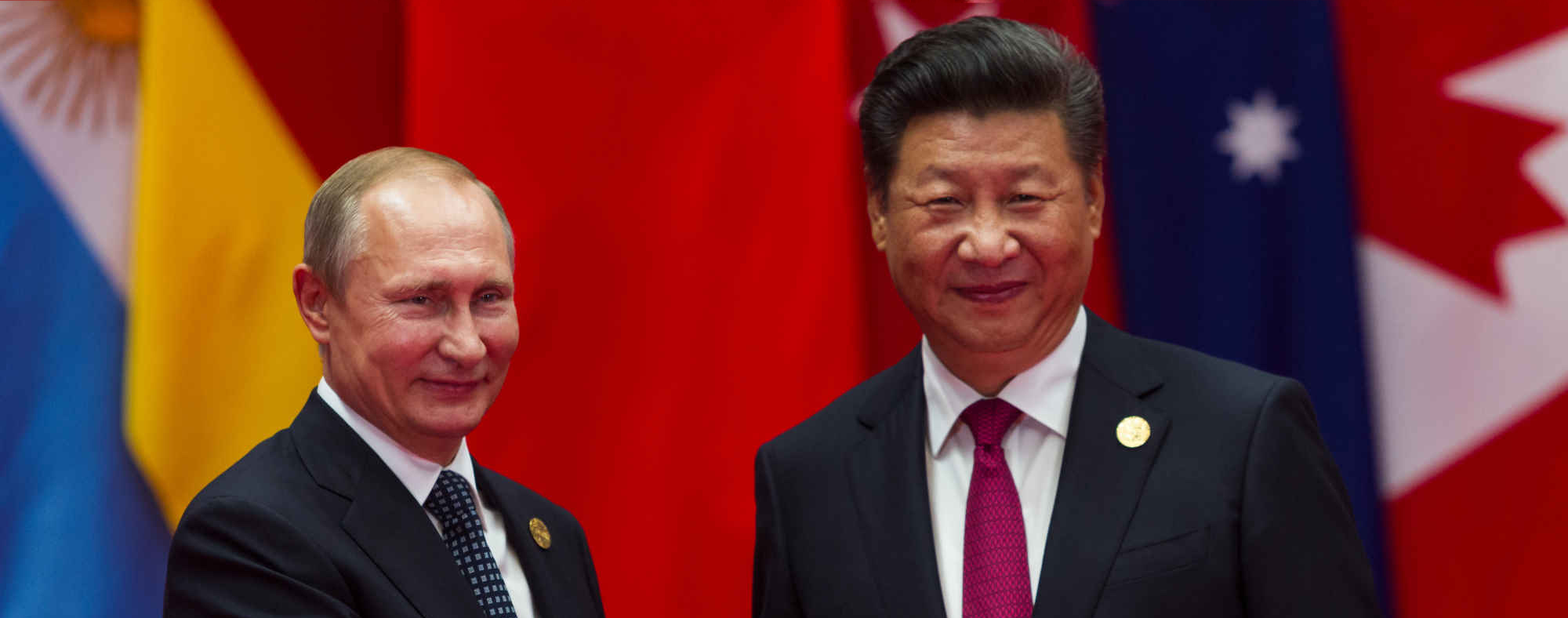Over the past decade, there has been a massive growth in the development and use of military drones and unmanned aerial vehicles (UAVs). Drones are now an inescapable part of practically any military conflict and a key component of armies, militaries, security and defense forces, as well as non-state movements and organizations. The conflict between Russia and Ukraine is no different.
Both forces are using military drones that can strike targets on the ground, along with numerous surveillance models—both civilian and military—that gather information and provide situational awareness. Commercial drone technology has matured and evolved to the point where practically anyone can buy a civilian drone for an accessible price and fly it in a conflict, as we see today with both the Ukrainian defenders and Russian forces and their allies flying Chinese-made DJI Mavic drones. This use of commercial, off-the-shelf technologies is not new—commercial drone usage in combat goes back to 2011—but the scale of commercial UAV usage in Ukraine may be unprecedented.
The use of multiple drone types and models on a large scale by the defenders can complicate the attackers’ plans by constantly exposing their location and movements. The defenders can then strike targets either from the ground (via artillery, multiple-launch rocket systems or missile batteries) or from aircraft and heavy combat UAVs. In this war, Ukrainian volunteers were able to get lots of drones in the air to gather data on the Russian forces. Easy-to-use DJI drones can be added organically to any existing force, as evidenced by multiple social media posts and videos. Russian-allied forces from Donbas and units from Chechnya also started using civilian UAV technology. The downside is that these drones are not really military grade and are not designed for combat, but they have a low acquisition cost (and a low substitution cost in case of a loss).
The Russian military is using an entire lineup of military-grade UAVs to conduct ISR and combat missions over Ukraine—this roster includes Orlan-10, Orlan-30, Eleron-3, Takhion, Zastava and Zala ISR drones, along with additional helicopter-type models. For long-range ISR and combat missions, the Russian military is flying Forpost-R and Orion combat UAVs. There has also been evidence of KUB loitering munition drones conducting a limited number of missions.
Ukrainian forces are using Turkish-made Bayraktar TB2 combat drones with great effectiveness, along with much smaller Bayraktar MINI IHA drones for ISR. At this point, most of the TB2 may have been destroyed by Russian air defenses, but the first several weeks of this war were dominated by evidence of TB2 striking Russian forces, in stark contrast to Russian military’s earlier claim that it would be able to neutralize such a threat early on.
The Ukrainian military is also using Leleka and PD-1 drones for surveillance and reconnaissance, along with many Chinese-made civilian DJI drone models, and possibly even Polish-made Warmate loitering munition drones. To augment Ukrainian capabilities in the face of a renewed Russian military offensive in Donbass, the United States is sending Switchblade loitering munitions to the Ukrainian defenders, along with the newly developed Phoenix Ghost combat drone.
Like in other conflicts where multiple drone types were involved, Ukrainian operators have demonstrated they can penetrate the attacking forces’ aerial cover and hover close to or directly above Russian positions undetected, enabling follow-up strikes. Russian forces are also using this tactic to guide artillery and air strikes, a concept they refined earlier in Syria as part of the reconnaissance-fire and reconnaissance-strike contours. With the renewed Russian offensive in Donbass, drone usage may escalate as both the defending and attacking forces will seek an edge in identifying and striking their targets.
Related material: https://www.cna.org/CNA_files/PDF/Russian-Military-Autonomy-in-a-Ukraine-Conflict.pdf



